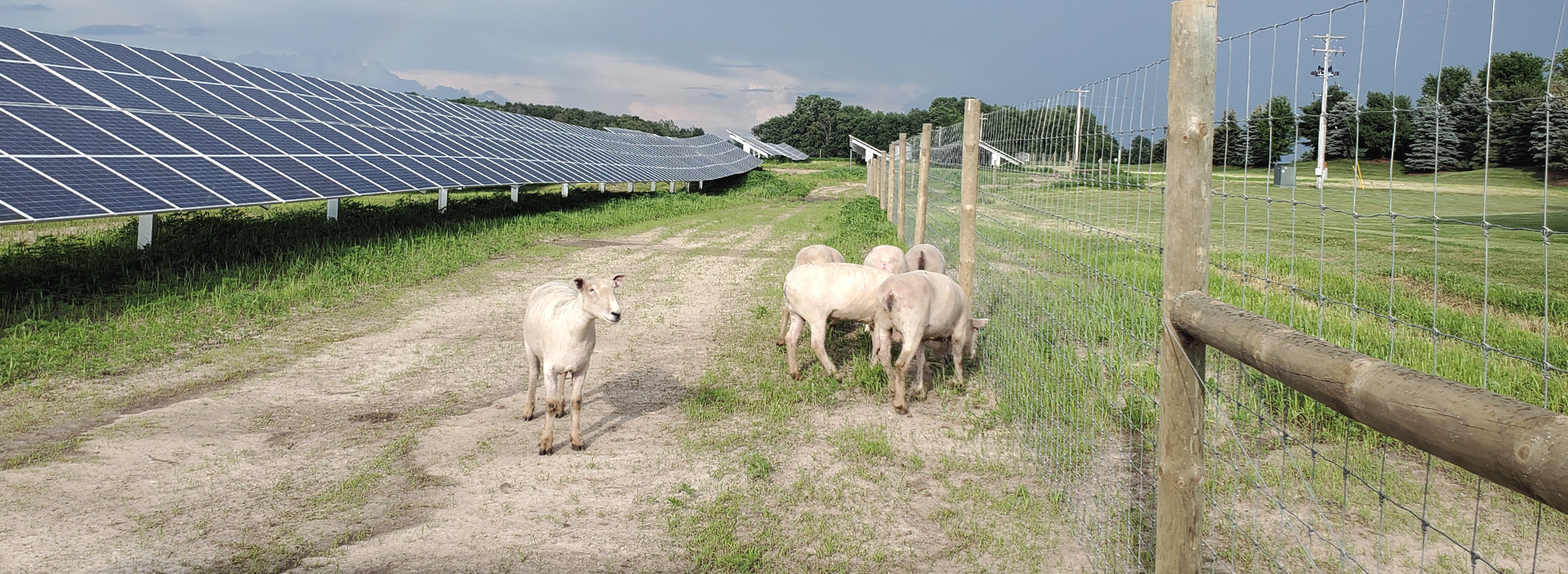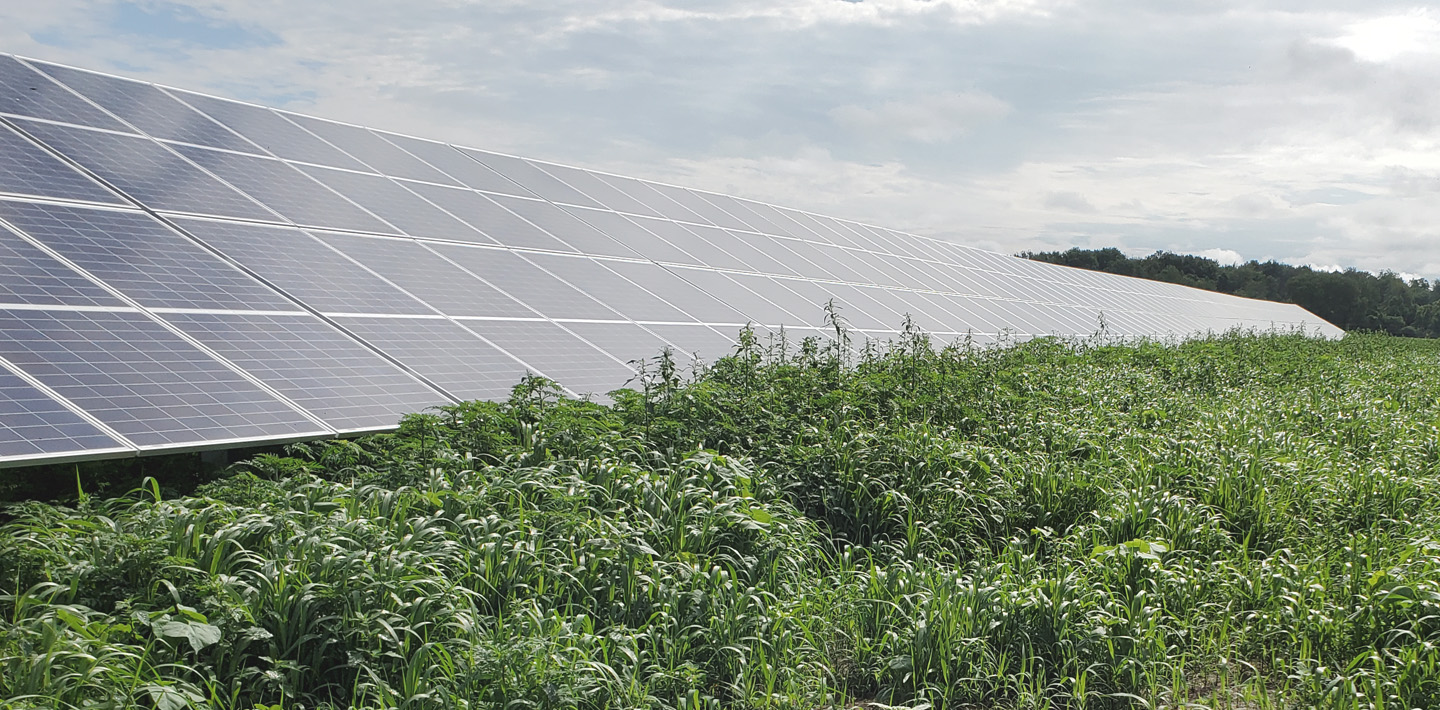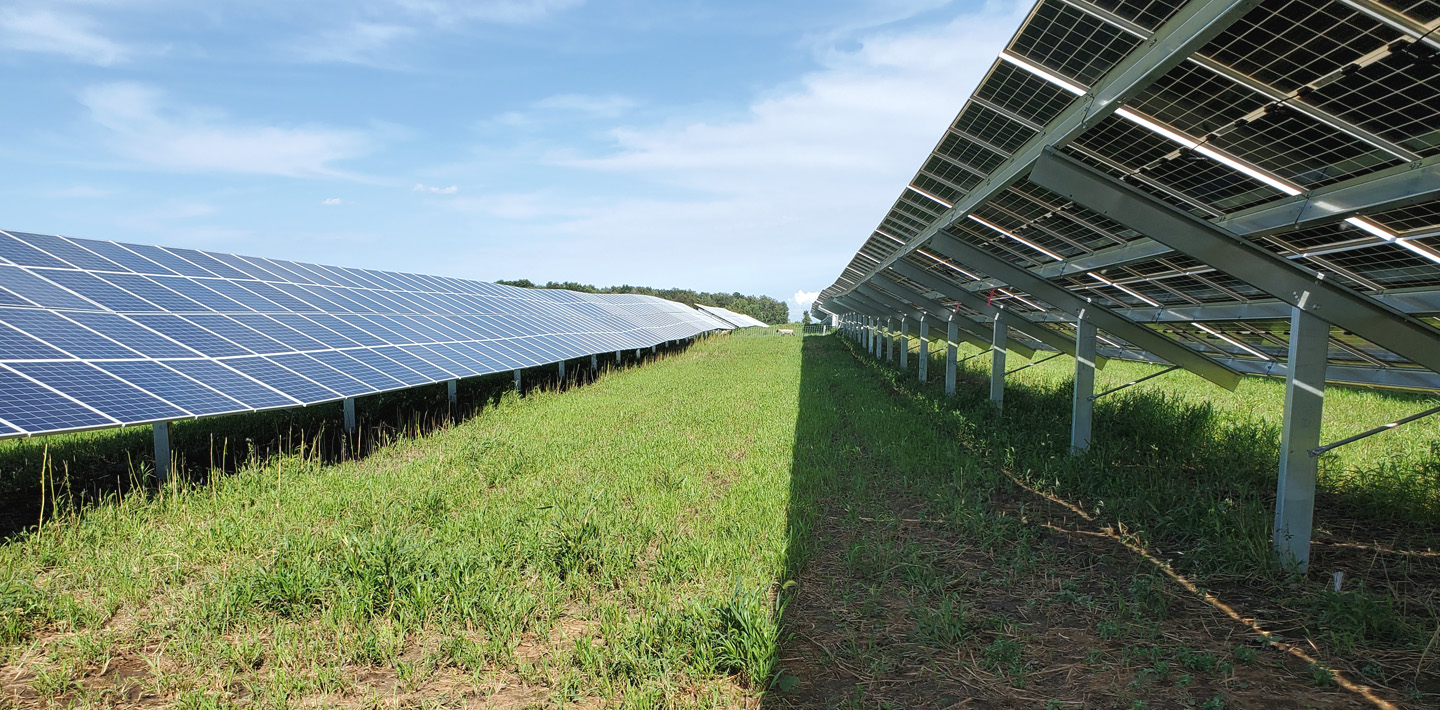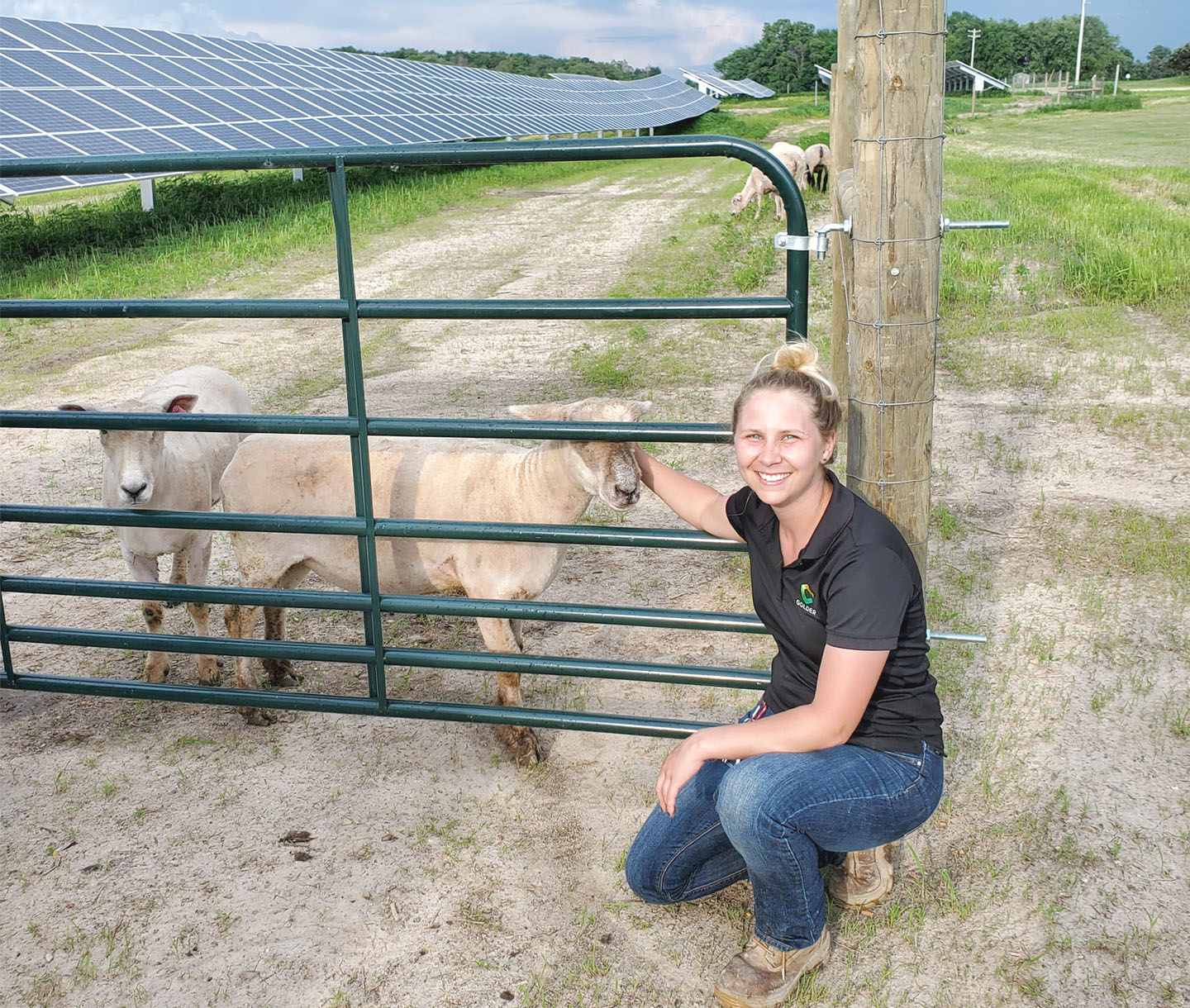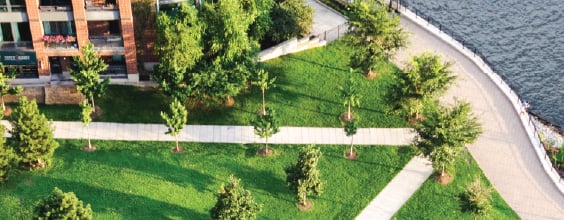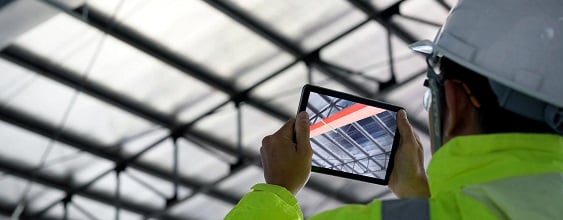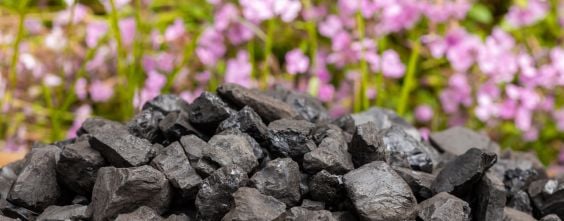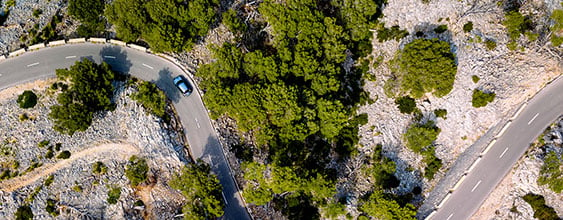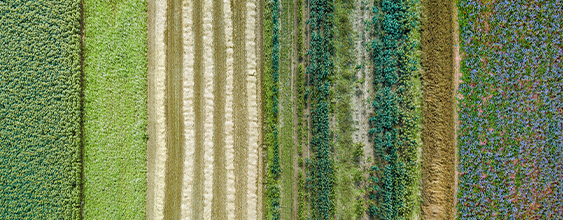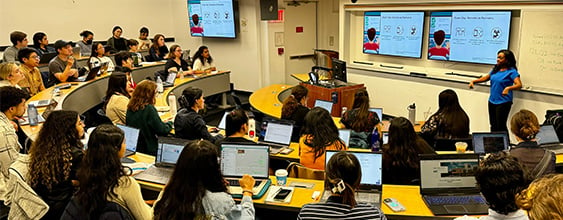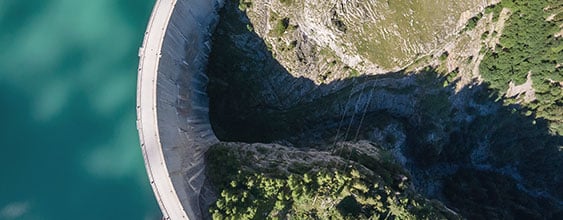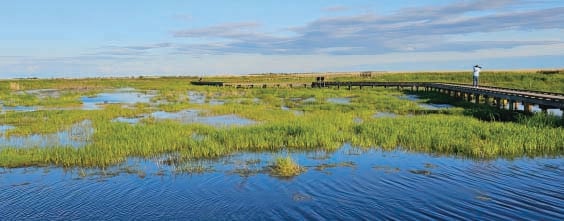The use of small herd animals for vegetation control is far from a new practice, but it is experiencing a resurgence as people look for environmentally sound solutions for property management.
Many farmers offer “rent-a-goat” services, placing goats on a property for short-term vegetation control assignments. Goats can navigate steep slopes that would be hazardous for humans and lawnmowers. They have healthy appetites and will graze on a wide range of plants. Unfortunately, goats are also curious, nimble, and able to jump two meters high, making them impractical for solar arrays where there are wires that they may chew and panels they will certainly jump on.
In contrast, domestic sheep offer many of the same grazing benefits without the drawbacks often seen with goats.
As the domestic sheep option appeared more promising, one additional challenge emerged. The site is located on an organic poultry farm. Poultry are susceptible to many diseases passed between livestock, particularly poultry and swine. Therefore, the sheep used for this site had to pass the site’s biosecurity restrictions: they could not be sourced from a farm with swine or poultry.
The Golder team identified several sheep owners interested in grazing their sheep at the site, but they all owned chickens or pigs. After many phone calls and emails, Golder found two sheep producers who did not own either chicken or pigs.
In the end, twenty-two sheep were used for vegetation management on the solar power property from June until September. The sheep will return in the spring to dine on emerging weeds again before the planted native pollinator species germinate.
The sheep are expected to be an ongoing part of the vegetation management program for the approximate 20-year lifespan of the panels. Providing a variety of benefits to the site including weed management, ground aeration from their hooves, and fertilization.
Golder will continue to monitor and maintain the pollinator habitat’s establishment and sustainable management practices. Time will tell, but ESS and Golder appear to have developed a win-win when it comes to sustainable solar development, helping to reducing rates in declining pollinator populations and biodiversity.
[To subscribe to Insights, contact the editorial staff at [email protected].]
